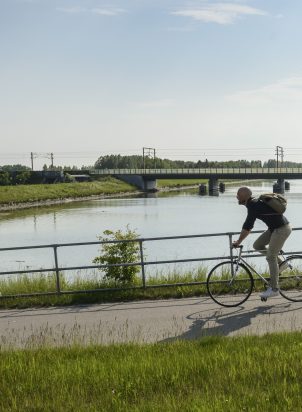The Nordic countries are widely recognised for their accessible and inclusive higher education systems, which are considered important drivers of innovation, equity and competitiveness in the knowledge economy.
While big universities located in cities benefit from strong institutional capacity, stable student numbers and robust research infrastructure, smaller universities, colleges, and campuses located outside major urban hubs (peripheral higher education institutions (PHEIs)) operate under different conditions. Despite the challenges, PHEIs play a vital role in their regions by providing accessible educational opportunities close to home, attracting and retaining young people, building local skills, and supporting regional labor markets.
This Storymap from the EDYNORA project illustrates how PHEIs act as key anchors for regional development shaping futures, strengthening communities, and keeping knowledge flowing across all corners of the Nordic Region. These issues were investigated through six case studies , drawing on qualitative, semi-structured interviews with institutional leaders, student union representatives, and local stakeholders such as business actors and regional development organisations.







